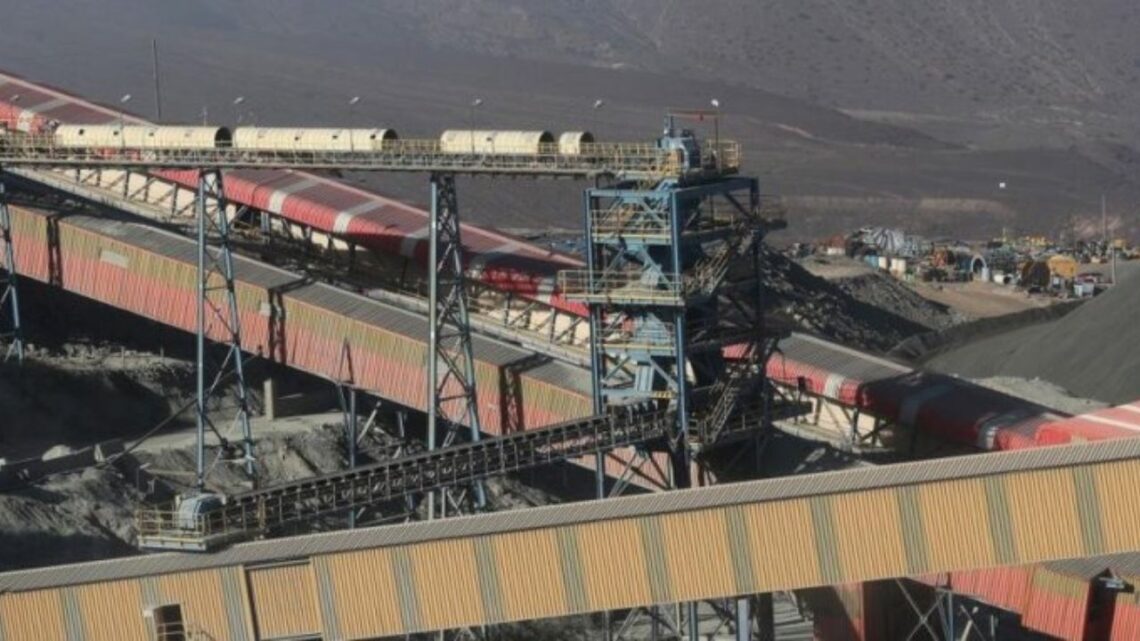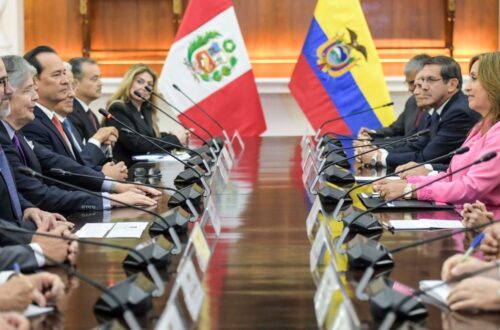Chile and Peru already dominate the copper landscape and are now projecting a combined 51% share of global production within the next 15 years.
The push aligns with surging demand from EVs, renewable grids, data centers, and AI infrastructure, and pairs fresh mine throughput with a shift toward value-added copper products (refined metal, rod, and components).
The strategy’s backbone: accelerate brownfield expansions, unblock permitting for selective greenfields, and strengthen binational industrial links so the region exports more finished copper—not just concentrates.
Where output stands today
- Chile remains the world’s largest copper producer and is targeting a higher global share by the 2030s, supported by rebounds at major assets, incremental debottlenecking, and infrastructure-sharing agreements.
- Peru sits in the global top three, with multi-year growth from ramp-ups (e.g., new pits and mill optimizations) and a project pipeline that aims to maintain output above 2.7–2.8 million tonnes annually in the near term.
- Together, the neighbors already account for a large share of world supply—providing a high base from which to scale toward the 51% target.
What’s driving the 51% projection
- Brownfield expansions in Chile: Block-cave developments, plant upgrades, water supply solutions (including desalination), and power contracts that stabilize energy costs—all aimed at lifting throughput and reliability.
- New and ramping capacity in Peru: Recently commissioned assets and satellite pits (plus tailings, conveying, and concentrator upgrades) give Peru a near-term lift and underpin mid-cycle volumes.
- Downstream industrialization: The two countries are coordinating to sell higher-value copper products to strategic end-users—automakers, grid equipment makers, electronics, aerospace—tightening commercial ties and capturing more margin at home.
- Demand tailwinds: Electrification requires more copper per unit of GDP. EVs, renewable interconnections, transmission lines, and AI-heavy data centers are structurally copper-intensive, supporting long-run prices and project economics.
Fast facts (latest outlook)
| Topic | Chile | Peru | Combined / Outlook |
|---|---|---|---|
| Current role in copper | No. 1 global producer; recovery cycle underway | Top 3 producer; steady-to-rising near term | Large current share and rising pipeline confidence |
| Near-term trajectory | Throughput gains from debottlenecking and mine plan updates | Ramps and pit switches bolster output stability | Higher combined volumes as projects mature |
| 2030s signal | Higher Chile share projected by mid-2030s | Project pipeline sustains 2.7–2.9 Mt/yr range | Pathway to ~51% within 15 years with value-add |
| Strategy shift | More smelting/refining and semi-finished products | Alignment on industrialization and export mix | Reduced exposure to TCRC swings; more margin |
Key takeaway: Scaling output and selling value-added copper is central to reaching a 51% global share.
Opportunities—and the pressure points
Opportunities
- Scale and experience: Tier-one porphyry belts, deep technical benches, and mature logistics give Chile and Peru an execution edge.
- Policy momentum: Streamlined approvals, clearer water and energy frameworks, and cross-asset partnerships (e.g., shared tunnels, power lines, tailings capacity) can unlock multi-decade optionality.
- Customer pull: OEMs in EVs, grid equipment, and electronics want secure, traceable, low-carbon copper—a premium both countries can target via renewables-powered operations and modern smelters.
Pressure points
- Permitting & social license: Timelines hinge on robust community engagement, water stewardship, and biodiversity safeguards.
- Ore-grade drift & capex inflation: Lower grades, longer hauls, and tight contractor markets can raise costs; disciplined phasing is vital.
- Global competition: New African and North American supply will also chase the energy-transition boom.
What the next 3–5 years look like
Expect incremental volume growth from ongoing ramp-ups, throughput optimization, and reliability projects. In parallel, watch for announcements on refining capacity, wire & rod lines, and off-take deals with high-tech sectors.
These moves signal the industrialization leg that turns the 51% vision into sticky, higher-value market share.
Chile and Peru are aligning geology, infrastructure, and policy to anchor the electrification century.
By pairing volume growth with value-added copper, the Andean neighbors have a credible path to 51% of global production within 15 years.
Success will hinge on permitting speed, water and energy solutions, community partnerships, and disciplined capital—but the direction is clear: the world’s copper future runs through the Andes.









